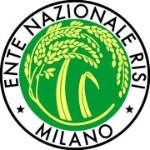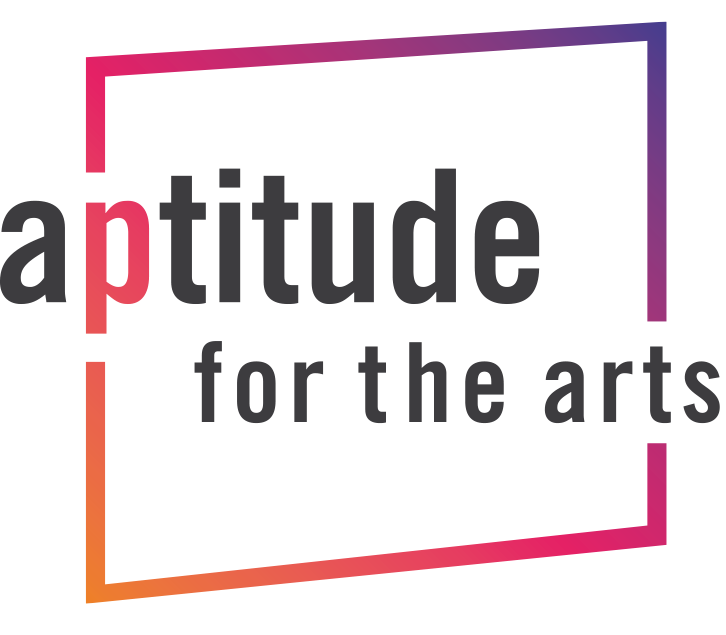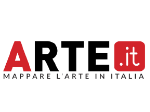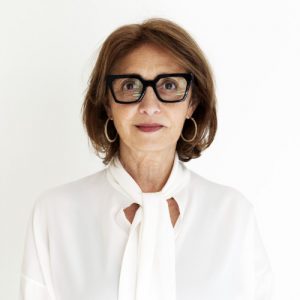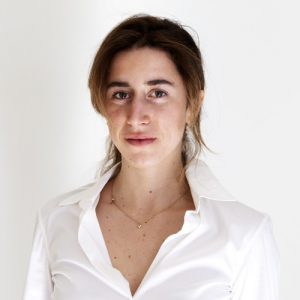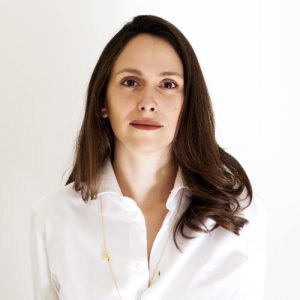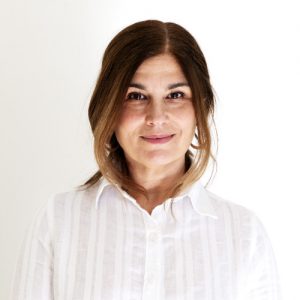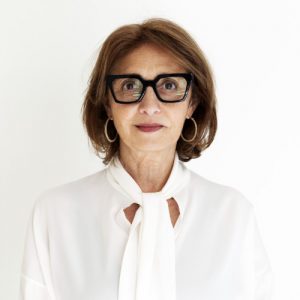First edition 2021
Margherita Raso

Born in Lecco in 1991, lives and works between Milan and New York. She received her BA in Painting from Accademia di Belle Arti di Brera in Milan where in 2014 she co-founded the artist-run space Armada.
Her practice is informed by the interest in the “skin” of objects and in the different modes of perception and understanding of the work. Through the use of Jacquard-weaved textiles, the artist investigates the role and the meaning of texture. By creating microscopic reliefs of different scales and dimensions, namely woven drawings, her intent is to access a space simultaneously with a painting and a sculpture while tearing them both from their immobility.
Textile is also employed in the realization of ceramic, bronze and cast-iron sculptures. These works are the results of an experimental process where the fabric gets sacrificed, mainly through combustion, in favor of another material. The loss emerges in new mutated forms where the echo of a body exists with its limits and possibilities for transformation.
Casting the Tempo
The intervention foresees the presentation to the public of the first act with a musical composition, expressly realized for space and inspired by the history of the ecclesiastical complex. In fact, the composition takes its cue from the Church, or rather from the painted organ – which, according to the sources, never existed – that can be seen both crossing the threshold of the main door and from the windows of the bell tower open towards the inside. This imaginary, immaterial object, only represented, is however a solid, tangible presence that the visitor “feels” echoing in the space in a powerful way. The painted organ is a visual presence full of expectation and powerfully evokes the fervent musical activity of the church, which also enjoys excellent acoustics. Thanks to the collaboration with the Antica Fabbrica Passamanerie Massia of Turin and the Tenuta Margherita di Desana farm, the artist has succeeded in elaborating a musical composition that starts from the recording of the “music” produced by the famous looms and machines for processing rice of the respective farms. These sounds, testimony of secular work, will be translated into a composition for organ diffused inside the space.
The sound will be conveyed through a series of speakers placed inside the perimeter of the nave of the Church and turned in such a way as to convey the sound from the inside towards the churchyard and the immediate surroundings of the Church.
In this way, the music will be diffused in a calm and respectful way of the context, with low tones that will echo the songs of the rice fields and in this sense will be able to attract the attention of the public towards the heart of the Church, still inaccessible because it is undergoing restoration and consolidation works.
The public, compatibly with the agreements made with the institutions involved, will be able to approach from the churchyard to the entrance of the Church to fully enjoy the musical composition.
The sound will be accompanied by some clothes for the Bell Tower, that is to say, fabric banners specially made by the artist and placed along the path that leads from earth to sky. The path thus continues with a second act, dedicated to the intervention on the bell tower.
The artist intends to accompany the ascent to the top of the tower through sculptural elements, also made of fabric, placed at prominent points of the central staircase. The bell tower is a lighthouse: as one leaves the ground even the concentration of the material is diluted until it reaches the masthead and sees the horizon clearly. Here at the top, you will find sound again, the same composition for organ played by the frame, to reiterate the relationship between the parts and the relationship between fabric and sound, between nature and work.
“I would like fabric and sound to echo each other. In the sculptural dimension as well as in the chromatic one. The soundtrack for the organ is based on a range of sounds related to industrial production (textiles and rice). With this, I would like to study the current relationship between man and machine, between landscape and production.”
On the other hand, the geometric motif drawn on the fabric is the landscape, that is to say, the whole natural context surrounding the Abbey. In this way, Margherita Raso aims to bring the outside – that is, the landscape of the rice field – inside the space, trying to encourage the visitor to never forget the passing of time, the changing landscape, and the rhythm of the seasons that mark the relationship between man and nature. If on the one hand, the fabric is a metaphor of the outside, of the context, of the world that surrounds us, the sound is, in turn, a metaphor of the inside, of interiority, that is to say of the more spiritual, meditative and introspective aspects linked to a work made of gestures that are repeated – almost automatic and mechanical -, of confidences and songs that accompany them. In this sense, the rice field is in turn a landscape of work in which other contemporary places of production are reflected, destined to broaden the reflection on work today. In a particular way, all the graphics recorded on the fabrics are the result of a photographic reconnaissance operation of the rice fields. Starting from these maps created through the use of a drone, Margherita Raso has in fact worked by subtraction, exactly as if the photograph were a block of marble to be sculpted. The image was grainy and analyzed in detail to develop a reasoning on light and color. At the same time, an important source of inspiration and methodology was Angelo Morbelli’s famous painting Per ottanta centesimi! preserved in the Borgogna Museum in Vercelli. “Morbelli’s work,” says the artist, “interests me for its constant attention to contemporary society, as a testimony to the intense relationship of dependence between body and landscape, between body and work. In Per ottanta centesimi! (For Eighty Cents!) the artist chose a wide shot, with a very high horizon that cancels out the sky, exalting to the utmost the depth of the space of the rice field. In this sense, I find interest in the “perspective relativism with which reality was observed”, as we read in the book La narrativa degli scapigliati by Giovanna Rosa. Moreover, For Eighty Cents! – one of the most significant examples of the application of Divisionist technique in Italy – interests me as a tool for studying light and color in the creation of textile works.”
Lucedio abbey
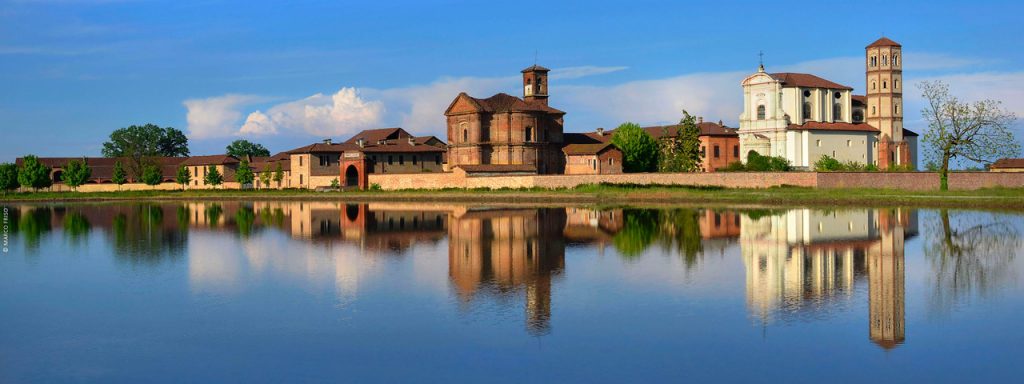
© Marco Friso
supported by


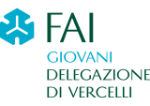

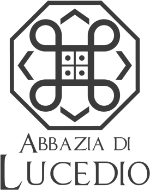



thanks to
